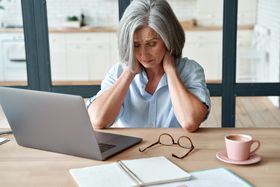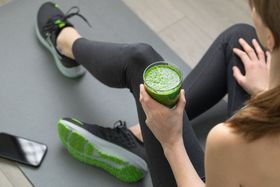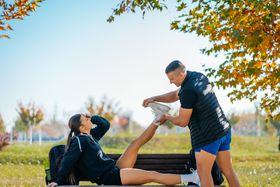Trim Down Answers
Have a question about diet and nutrition, exercise and fitness, or health and vitality? Our nutrition and fitness experts are here to help! We cover everything from menopause to metabolism boosters and beyond.
Recent Answers
The Great Debate: What Time is Ideal to Exercise for Weight Loss?
Earlier, we shared helpful tips on incorporating exercise into your daily routine. This leads to the question, "When is the best time to work out for weight loss?" Let's explore the benefits of exerc
Asked a year ago
How Many Days a Week Do You Really Need to Exercise?
Engaging in regular exercise is essential for maintaining a healthy lifestyle. You may wonder how many days a week you need to exercise to achieve your fitness goals. The answer depends on various fac
Asked a year ago
How to Incorporate Exercise Into Your Daily Routine
You may have taken a gym membership or joined a training program online. However, despite your best intentions, you have not been able to incorporate exercise into your daily routine. You're not alone
Asked a year ago
Is It Good to Have a Fast Metabolism?
Some people are just born with the capacity to eat as much as they want and yet remain skinny, while others seem to be getting fat by just breathing. Those blessed with a fast metabolism seem to burn
Asked a year ago
Is Mayonnaise Good for a Diabetic Diet? [ 5 Healthy Alternatives]
A lot of people all over the world love mayo. From sandwiches to wraps, dips, and salads, it makes everything tastier. But is mayonnaise recommended on a diabetic diet? Can diabetics eat mayo safely?
Asked a year ago
Related Articles
Recent Posts
Anju Mobin
Does Creatine Burn Belly Fat?
Healthy Living With TDC
Stay motivated to eat right & exercise with these tips, tools, & techniques
We don't email often. Unsubscribe anytime.




